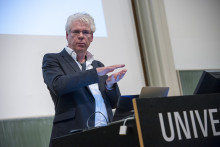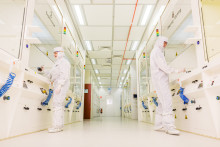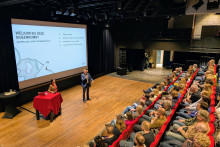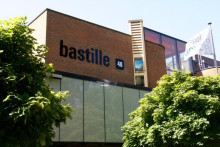The awarding of Nobel Prizes is surely an exciting event, especially in the scientific community. However, not many people truly understand why the given research was so ground-breaking that it deserved this prestigious prize. That´s why it is certainly a good idea to attend the traditional Nobel Lectures that take place every year in October, shortly after the Nobel prizes are awarded.
How do we know where we are?
This year, three speakers presented their lectures about Nobel prize-winning researches. First one of them was Michel van Putten, Professor of Clinical Neurophysiology at UT. He talked about the winners for Physiology and Medicine – John O´Keefe and a couple May-Britt and Edvard Moser. Their victory was achieved due to discoveries of cells that constitute a positioning system in the brain. In other words, their researches tried to answer a question of ´How do we know where we are? ´ Is there something in our brain that allows us to navigate? Thanks to their discoveries we now know that there are place cells and grid cells that communicate and give us the sense of place.
Blue LED´s
Jurriaan Schmitz, Professor of Semiconductor Components, explained more about the Nobel Prize for Physics, awarded to Akasaki, Amano and Nakamura for invention of efficient blue light-emitting diodes. He spoke about LED´s and semiconductors that these diodes use. LED´s and semiconductors, that each emit a different colored light, have been known for quite some time, but Professor Schmitz explained that a blue light LED was a true challenge to create.
Super-resolution microscopy
The last speaker of the day was Christian Blum from the UT´s Institute of Nanotechnology, who presented a lecture about the Nobel Prize for Chemistry. This prize was given to Eric Betzig, Stefan Hell and W.E. Moerner for the development of super-resolved fluorescence microscopy. This type of microscopy manages to surpass the limitations of light microscope, because it is able to get around the diffraction limit, which otherwise cannot be avoided. This topic is especially interesting if we consider that such a super-resolution microscope can also be found at the University of Twente.







